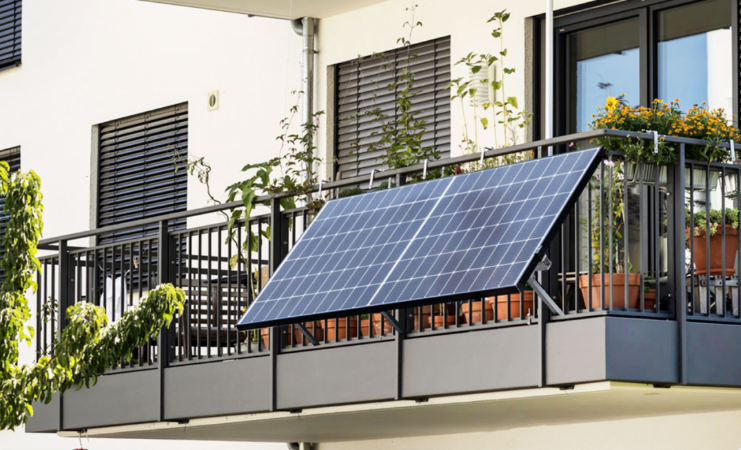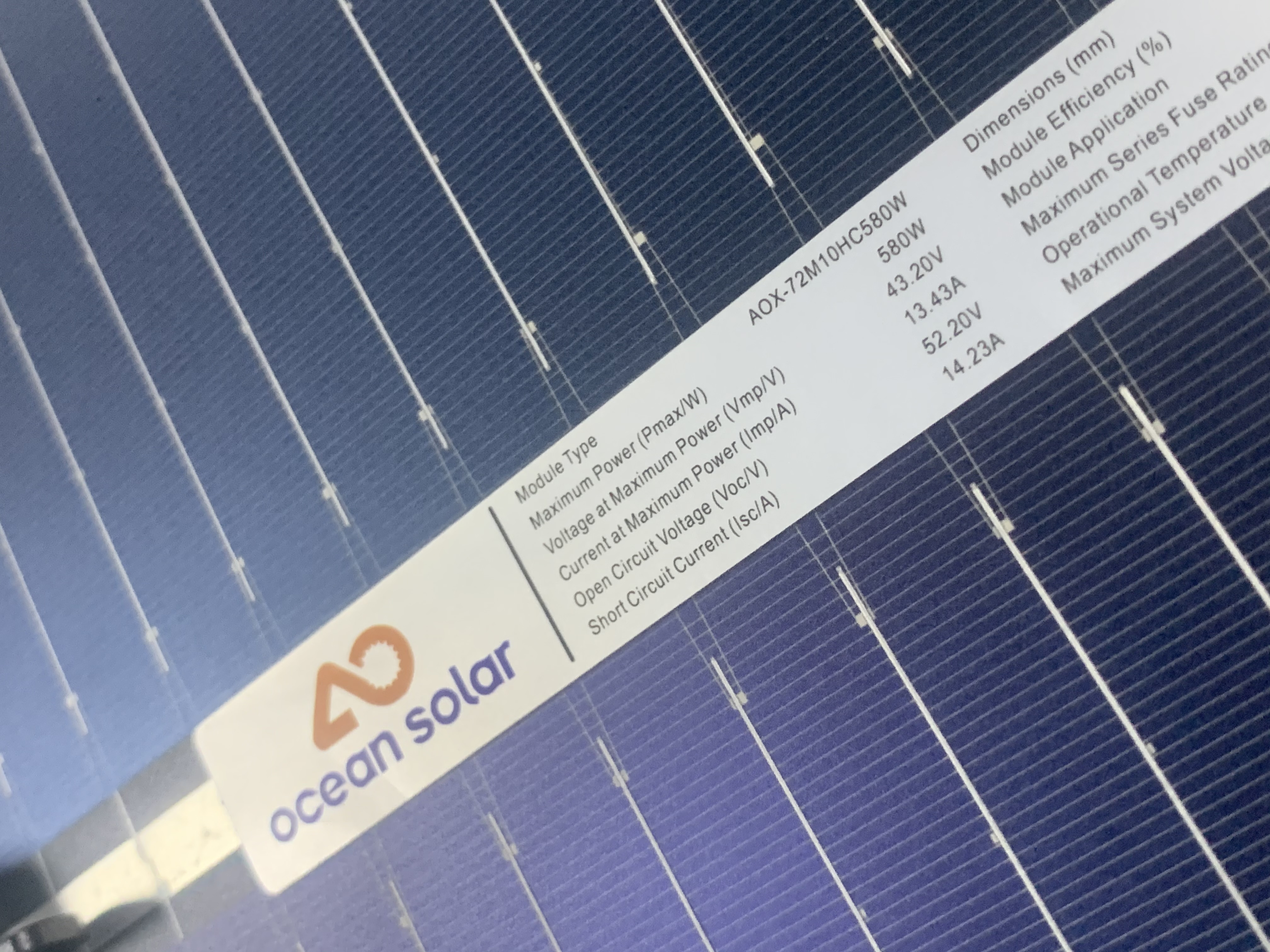As the world faces the urgent need to reduce carbon emissions and combat climate change, green energy has become an essential component of a sustainable future. Green energy, also known as renewable or clean energy, refers to energy obtained from natural resources that replenish on a human timescale. Unlike fossil fuels that emit harmful pollutants and contribute to global warming, green energy is essentially pollution-free and has minimal impact on the environment.
Ocean Solar has been working in the solar energy industry for many years. Among the various forms of green energy such as wind, hydroelectric, geothermal and biomass, solar energy stands out for its abundance and versatility. Solar photovoltaic (PV) panels have revolutionized the way we capture and use solar energy, making it available for residential, commercial and industrial use worldwide. This article will provide an in-depth overview of green energy, with a particular focus on the development, advantages, challenges and future prospects of solar PV technology.
1. What is green energy?
1.1 Definition and main characteristics:
Introduce the concept of green energy, emphasizing its sustainable, renewable and environmentally friendly characteristics. Explain how green energy relies on natural processes such as sunlight, wind, water and biomaterials, which are constantly replenished.
Types of green energy:
Solar energy
Harnessing sunlight through photovoltaic panels and solar thermal systems.
Wind energy
Using turbines to capture kinetic energy from wind.
Hydroelectricity
Using the flow of water to generate electricity, including large dams and small hydroelectric systems.
Geothermal energy
Using heat beneath the surface to generate electricity and heating.
Biomass and bioenergy
Converting organic matter (such as agricultural waste) into energy.
1.2 Environmental and economic benefits
Discuss the reduction in carbon emissions, improved air quality, and economic growth brought about by the adoption of green energy. Among them, solar panels stand out among many green energy sources with their advantages of being cheap and easy to install. Ocean solar's 590W-630W high-efficiency N-Topcon panels are the best choice for photovoltaic power plants.
MONO 580W-615W Bifacial Glass MONO 620W-650W bifacial Glass
2. In-depth understanding of solar photovoltaic (PV) panels
How PV panels work:
Explain the scientific principles behind PV panels, which convert sunlight into electricity through the photovoltaic effect. Describe the materials used, especially silicon, which is the most common semiconductor in PV cells.
Types of PV panels:
Monocrystalline silicon panels: Known for their high efficiency and durability, but generally more expensive.
Polycrystalline silicon panels: Generally more affordable, but slightly less efficient.
Thin-film panels: Lightweight and flexible, suitable for a variety of applications, but less efficient than crystalline silicon options.
PV technology efficiency and advancements:
Continuous advancements in solar technology, including improvements in panel efficiency, bifacial technology, and emerging technologies such as N-TopCon, HJT, and perovskite cells.
Ocean Solar also continues to launch a series of new products based on the latest photovoltaic technology, such as: flexible module series, high voltage series, N-topcon series, etc.
3. Benefits of solar energy and PV technology
Environmental impact: Outline how solar photovoltaics can reduce greenhouse gas emissions and dependence on fossil fuels, contributing to the global fight against climate change.
Energy accessibility and independence: Emphasize how solar energy can provide energy to off-grid areas, reduce electricity costs, and promote energy independence for homeowners and communities.
Economic benefits: Describe the employment opportunities in the solar industry, the cost reductions brought about by photovoltaic panel production over time, and the potential for local economic growth through solar installation projects.
Scalability and flexibility: Explain how PV systems can scale from small residential installations to large solar farms, making solar energy suitable for a variety of applications.
4. Challenges facing solar PV technology
Intermittency and energy storage: Discuss the problem of solar intermittency and the need for reliable energy storage solutions to provide power on cloudy days or at night.
Initial installation cost: Acknowledge that while PV panels have become more affordable, the initial investment in installation and setup is still a barrier for some people.
Environmental issues of PV manufacturing and disposal: Explore the environmental impacts of producing PV panels, including resource extraction and potential waste disposal issues at the end of their life cycle. Discuss how the industry is working to achieve sustainable recycling and manufacturing practices.
Ocean Solar is also continuously researching and developing, and will soon launch a series of micro PV systems to meet the electricity needs of some households, which are not only easy to install, but also plug-and-play in use.
5. Conclusion: The road to a solar future
Ocean Solar photovoltaics is actively promoting the transition to sustainable energy. With the advantages of solar technology and continuous innovation, Ocean Solar continues to overcome current challenges and actively promote the popularization of green energy around the world.

Post time: Nov-14-2024



